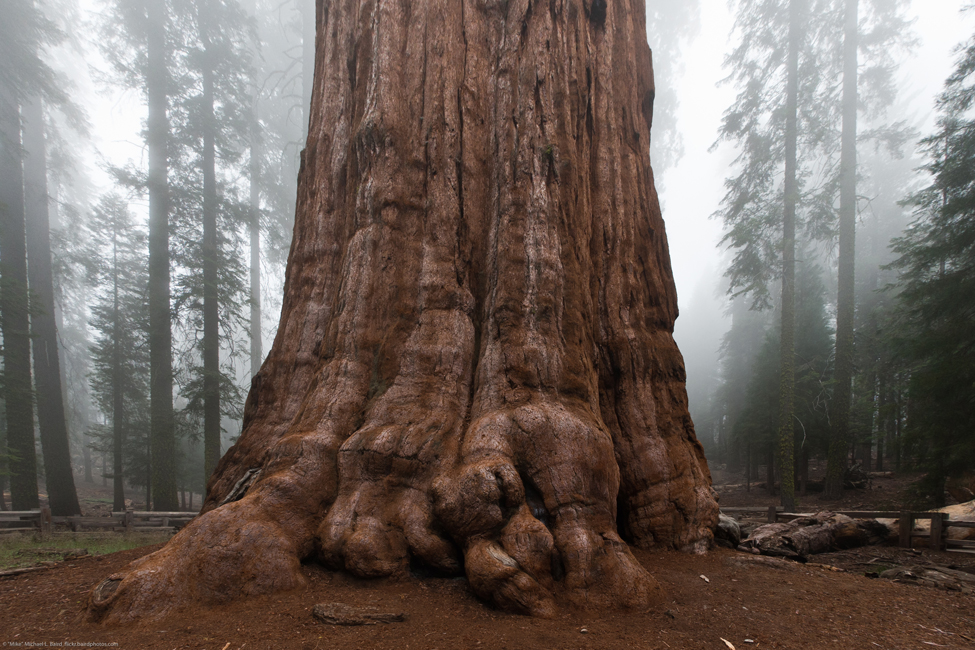

The world’s largest tree by volume, named General Sherman, stands 274.9 feet tall and resides in Northern California.1 Just how do scientists know its true height? A common way to measure the height involves determining the angle of elevation, which is formed by the tree and the ground at a point some distance away from the base of the tree. This method is much more practical than climbing the tree and dropping a very long tape measure.
In this chapter, we will explore applications of trigonometry that will enable us to solve many different kinds of problems, including finding the height of a tree. We extend topics we introduced in Trigonometric Functions and investigate applications more deeply and meaningfully.

You can also download for free at http://cnx.org/contents/fd53eae1-fa23-47c7-bb1b-972349835c3c@8.1
Attribution: